 Legal notice EU (project) Inequalities in urban water services are often perceived simplistically, according to a binary interpretation of “access/non-access,” with an end goal of making access to this public service universal. In other words, the issue has long been to ensure that all inhabitants enjoy access to water via a public service. This is all the more true in Bolivia, where water is considered as a “common good” subject to a principle of “non-commodification,” written in the country’s constitution since 2009. But the 2016 water crisis in La Paz has highlighted a new type of inequality in terms of water-supply service. During that drought episode, it was the inhabitants of the neighborhoods in the southern part of La Paz, where people from the middle and upper classes live, who were more exposed to the weakness of the main system of water access and who were deprived of water service. This shows one of the many possible variations in inequality in urban water services, the analysis of which requires going beyond just the question of technical access to the network.
Legal notice EU (project) Inequalities in urban water services are often perceived simplistically, according to a binary interpretation of “access/non-access,” with an end goal of making access to this public service universal. In other words, the issue has long been to ensure that all inhabitants enjoy access to water via a public service. This is all the more true in Bolivia, where water is considered as a “common good” subject to a principle of “non-commodification,” written in the country’s constitution since 2009. But the 2016 water crisis in La Paz has highlighted a new type of inequality in terms of water-supply service. During that drought episode, it was the inhabitants of the neighborhoods in the southern part of La Paz, where people from the middle and upper classes live, who were more exposed to the weakness of the main system of water access and who were deprived of water service. This shows one of the many possible variations in inequality in urban water services, the analysis of which requires going beyond just the question of technical access to the network.
Context
In 2015, the level of access to “improved” water services in Bolivian cities was 97%, while that of wastewater treatment services was limited to 61%. Beyond these general data, the available data on the rates of access to water-supply services does not necessarily reveal other types of urban inequality related to water. Such inequality concerns not just technical access to the network, which, incidentally, is easily recognizable on a servicing map.
They also involve, for example, the question of inequality linked to payment for the service. This type of data is more difficult to obtain, because it is linked to household composition, usage practices, consumption level, and of course income. Another type of inequality arises from the nature of the service provider. The public water service is not the only form of provision of service in cities: there are also small socio-technical systems decentralized at the neighborhood level, which sometimes substitute for the main system or provide supplementary service. They generally offer basic service of acceptable quality and with lower rates, but require active participation by users in collective maintenance work. In addition, a new aspect of inequality is related to the location of some households more exposed than others to the weakness of the main system. This phenomenon was clearly seen during the 2016 water crisis in La Paz, whose southern neighborhoods were deprived of water service for several weeks. Other factors of inequality can be identified, such as the political tendency or social-mobilization capacity of some networks. These factors can sometimes act as real comparative advantages that can sometimes constitute real comparative advantages in the priorities of access to water services and sanitation.
This project is part of the first phase of the Research Facility on Inequalities, coordinated by AFD and funded by the European Commission's Directorate-General for International Partnerships over the 2017-2020 period. The first phase of the Facility has led to the conduct of 22 research projects and the publication of around 100 research papers and policy briefs.
Goal
This research project is being led by a multidisciplinary team under the coordination of CIDES-UMSA. It seeks to examine and analyze the various types of inequality linked to water and sanitation services in La Paz-El Alto, as well as their trends in recent years, above and beyond the typical determinants such as income (vertical inequalities) and localization (spatial inequalities). In fact, the researchers are also interested in other, less-studied types of determinants, such as exposure to climate change, social representations, and political resources, all of which can affect social cohesion. The objective is to obtain a new interpretation of urban inequalities in La Paz-El Alto, in order to fuel dialog with municipal and sectoral authorities.
This project also seeks to support Bolivian research, through training, methodology workshops, and participation in international conferences, etc.
Method
This research project follows a multi-disciplinary and multi-theme approach that combines qualitative field surveys covering different areas of the two cities, on key subjects related to i) inequality in water services (trends in services on the urban fringe, small-scale systems, socio-political resources in neighborhoods, shared uses of water in the city, etc.), ii) historical analyses (how inequality in the services started), and iii) statistical analyses. The approach also involves working in connection with the municipal research services. The results from these different surveys and analyses will be discussed regularly at workshops for sharing experiences.
Results
Find the presentation of the research paper “Inequalities related to urban water services in La Paz-El Alto, Bolivia” by Sarah Botton (AFD research officer) and Patricia Urquieta (CIDES-UMSA researcher) during the third webinar of the Research Facility on Inequalities:
You may find the research papers linked to this project here:
- An overview of inequalities in urban water services in Bolivia
- Conflicts and tensions over water ownership in the territory of the urban-rural interface of Hampaturi, municipality of La Paz
- When governance fails: institutional asymmetries in water management in the municipality of La Paz
- Landscape of springs and collective outdoor laundries in the city of La Paz
- The ‘urbanization of water’ in La Paz, Bolivia: historical and conceptual perspectives
- Persistence of inequality in access to water: a look at the actions of women in peri-urban territories of the city of El Alto
- Territorial inequalities expressed in children's health in two neighborhoods with access to water in the city of El Alto
- Corporate citizenship and water urbanization on the outskirts of El Alto
You may find the policy briefs here:
- Springs and collective laundries in the City of La Paz, notes for their management
- Access to water : persistence of inequalities in the life of women
- Municipal planning and inter-institutional coordination for good water management
- Water and Sanitation works with Neighborhood Participation: regulated and transparent
- Water provision and management of urban-rural interface territories
- Water in the city of El Alto, a right that arrives incomplete
Contact:
- Sarah Botton, Research Officer, AFD
- Patricia Urquieta, CIDES-UMSA
Contactos:
- Sarah Botton, coordinadora de investigación en la AFD
- Patricia Urquieta, profesora-investigadora CIDES-UMSA
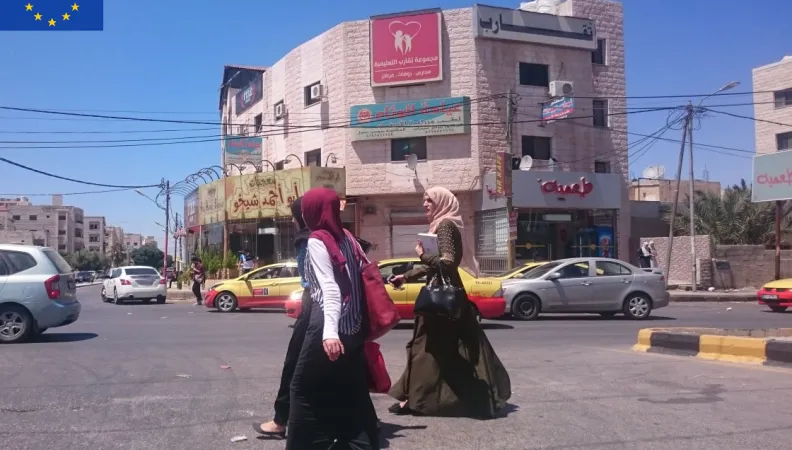 Legal notice EU (project) This study analyzes trends in inequalities between 2010 and 2016 in the two main Jordanian cities hosting Syrian refugees: 194,000 Syrians in Amman and 140,000 in Irbid, according to 2018 data of the United Nations Refugee Agency (UNHCR). This research project involves studying the impact of the influx of Syrians on trends in economic inequalities (incomes, growth, poverty, etc.) and on the housing market (real estate market, share of housing in household expenditures, etc.).
Legal notice EU (project) This study analyzes trends in inequalities between 2010 and 2016 in the two main Jordanian cities hosting Syrian refugees: 194,000 Syrians in Amman and 140,000 in Irbid, according to 2018 data of the United Nations Refugee Agency (UNHCR). This research project involves studying the impact of the influx of Syrians on trends in economic inequalities (incomes, growth, poverty, etc.) and on the housing market (real estate market, share of housing in household expenditures, etc.).
Context
According to the official Jordanian population census, there were an estimated 1.2 million Syrian refugees in the country as of November 2015. This figure corresponds to between 10% and 12% of the population. Approximately 660,000 of them are registered as “asylum seekers” by the UNHCR. But their number has been decreasing since 2015, probably because of migration, especially back to their home country.
The percentage of Syrian refugees who do not wish to live permanently in the three UN-run refugee camps in northern Jordan surpasses 90%. This is why they are settling in cities or the nearby rural areas, where they rent apartments and often live in unsuitable housing. Their main motivation for doing so is access to jobs.
This population influx to the cities has an impact on housing, services, activities, income, and the distribution of resources among urban residents. It can heighten the inequalities among the people living in Jordan, in particular between Jordanians and foreigners (1.7 million foreigners live in Jordan).
This project is part of the first phase of the Research Facility on Inequalities, coordinated by AFD and funded by the European Commission's Directorate-General for International Partnerships over the 2017-2020 period. The first phase of the Facility has led to the conduct of 22 research projects and the publication of around 100 research papers and policy briefs.
Objectives
The first part of the study focuses on the dynamics of economic inequality between households in Amman and Irbid, using the 2010 and 2016 Jordan Labor Market Panel Survey (JLMPS) and the 2013 and 2016 Household Expenditure and Income Survey (HEIS).
The second part of the study examines housing inequality among residents of Amman and Irbid. This section looks at both housing as a cost (household expenditures) and housing as a source of income (renting, selling, etc.).
Method
Many inequality indicators will be used: the Gini coefficient as well as the Atkinson index and the P90/P10 ratio, for example.
The data will come from:
- studies from 2010 and 2016 on the Jordanian labor market (Jordan Labor Market Panel Surveys);
- 2004 and 2015 population censuses (Jordanian Department of Statistics);
- data on household incomes and expenditures (Household Expenditure and Income Surveys, HEIS), 2013 and 2016;
- UNDP data on socio-economic inequalities in Jordan; and
- UNHCR data.
The research team is made up of two economists, one geographer, and one sociologist on the Jordanian side, and one economist and one urban planner on the AFD side.
Contacts
- Irène Salenson, Research Officer, AFD
- Abdel Baset Athamneh, Head, Department of Economics, Yarmouk University
Discover other research projects
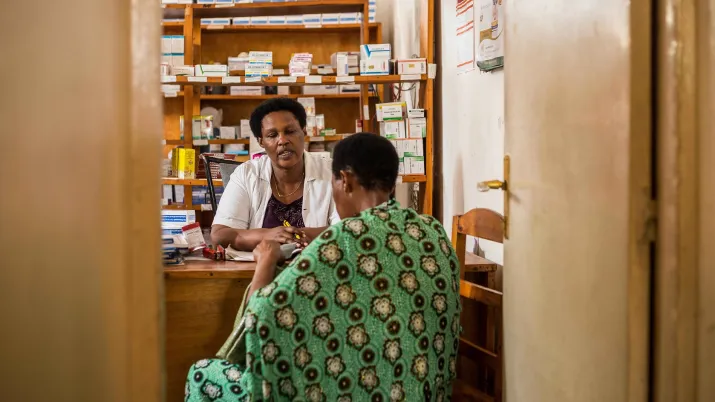
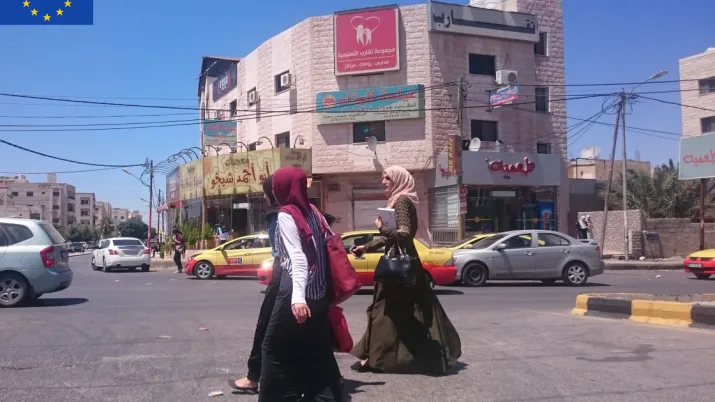
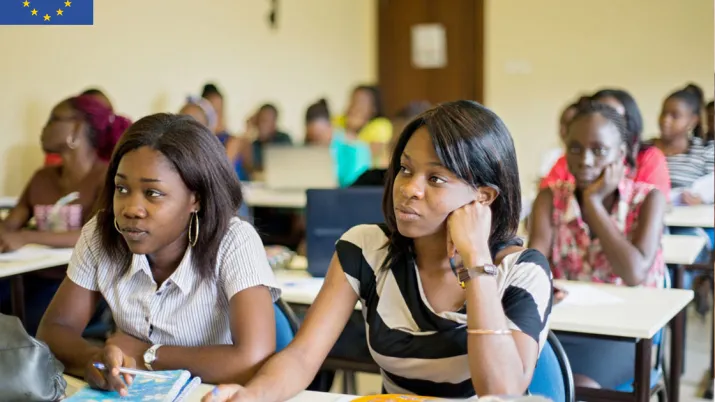
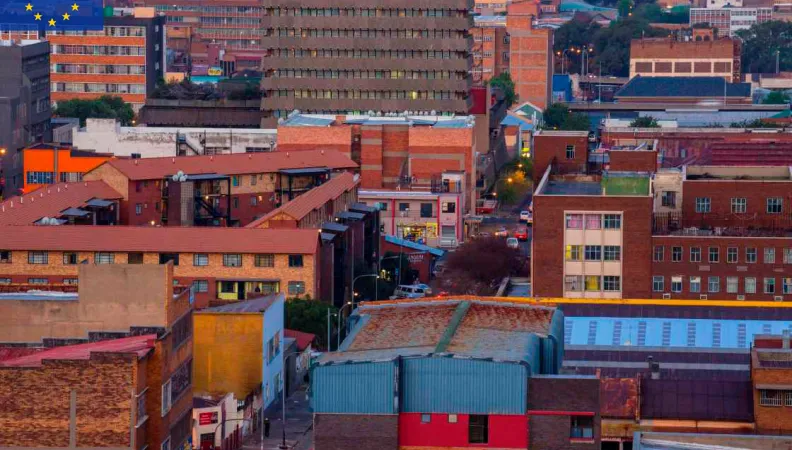 Legal notice EU (project) This study deals with the new forms of affordable housing and public housing in South African cities. The objective? To determine whether these projects help reduce economic inequalities and encourage social inclusion.
Legal notice EU (project) This study deals with the new forms of affordable housing and public housing in South African cities. The objective? To determine whether these projects help reduce economic inequalities and encourage social inclusion.
Context
Since the end of apartheid, the successive South African governments have put emphasis on a very proactive public-housing policy, notably by having built 2.7 million housing units for the disadvantaged classes. However, various sources estimate that another 2 million affordable housing units are still needed (which would concern 12 million people, or one-fourth of the population of South Africa). Furthermore, construction of the 2.7 million housing units has not eliminated slums, which continue to spread in the major South African cities. Finally, most of the public housing has been established in the outer peripheries of cities: this hinders access by the beneficiaries to the areas offering jobs and services and contributes to continued racial and social segregation.
The most recent trends have seen the private sector encouraged to participate in the construction or renovation of affordable housing.
This project is part of the first phase of the Research Facility on Inequalities, coordinated by AFD and funded by the European Commission's Directorate-General for International Partnerships over the 2017-2020 period. The first phase of the Facility has led to the conduct of 22 research projects and the publication of around 100 research papers and policy briefs.
Goal
The objective of this research project is to understand the impact of projects such as the “Integrated Housing Developments” or so-called “social” housing in the major South African cities (Johannesburg, Cape Town, and Durban). Other tools furthering social inclusion are also studied, such as the regulations and tax incentives that encourage production of affordable housing by the private sector, etc.
As part of this study, we cover both the question of reducing economic inequalities and the question of the scale at which inequalities should be examined: by neighborhood, by district, or citywide.
The study also defines the determinants and obstacles with regard to the production of public and affordable housing. These include the economic model, support from the public sector, private investment, regulatory framework, difficulties in implementation, and others.
Method
The research project makes a case study of several projects involving the production of subsidized housing in three major South African cities (Cape Town, Johannesburg, and Durban). Several socio-economic indicators are used to evaluate inequalities.Series of data on housing supply and demand have been gathered, from the 2000s to 2018. The study looks for the most disaggregated data possible, in order to identify tendencies within cities regarding segregation, inclusion, and exclusion.
The role of different sources of income is analyzed, in particular the incomes and expenditures related to housing, by cross-analyzing them with the Gini index on inequalities.
The study also has a qualitative component dealing with the forms of production and regulation of affordable housing in South Africa.
Results
You may find the research papers here:
- Social housing and upward mobility in South Africa
- The role of social housing in reducing inequality in South African cities
You may find the policy briefs here:
Contacts:
Irène Salenson, Research Officer, AFD
Ivan Turok, Executive Director in the Economic Performance and Development Unit of the Human Science Research Council
